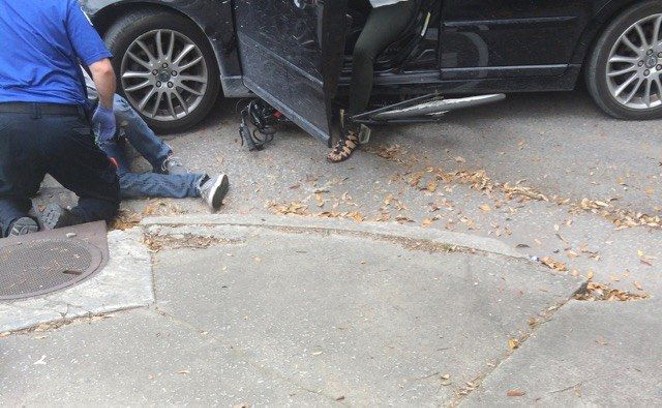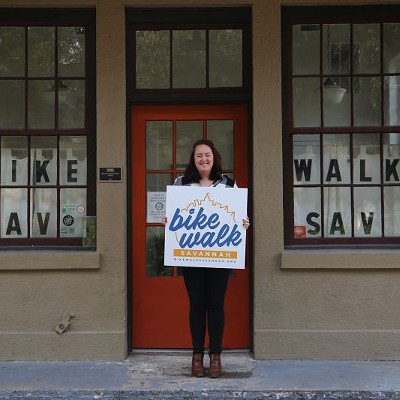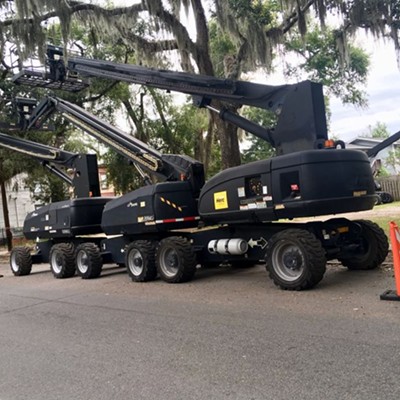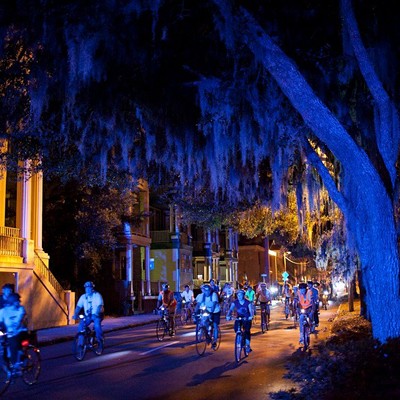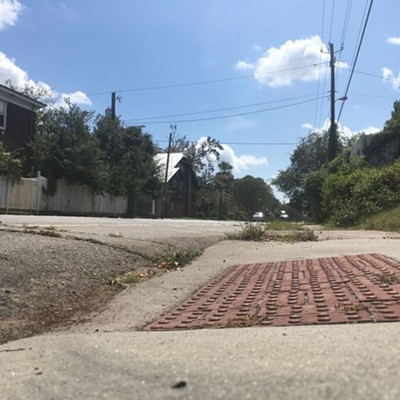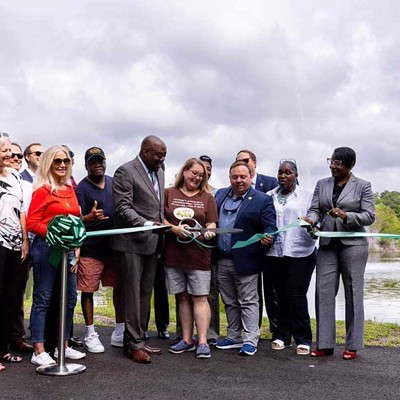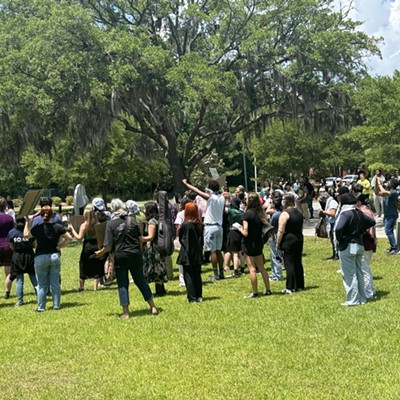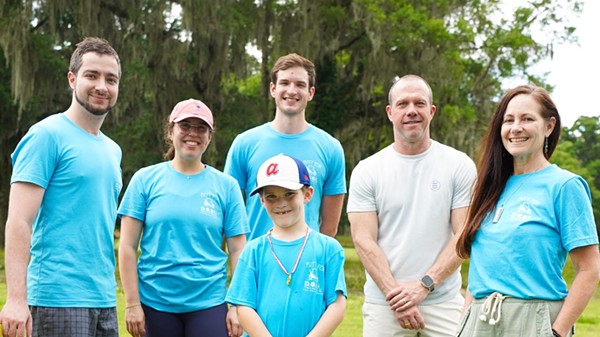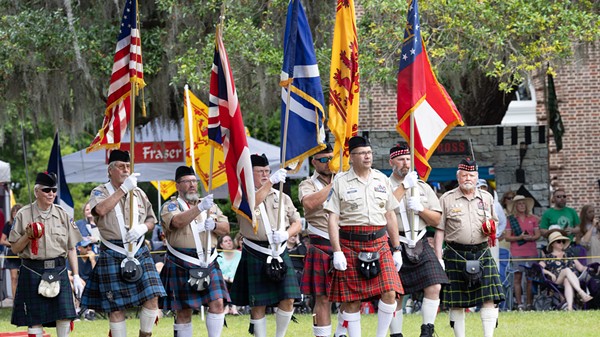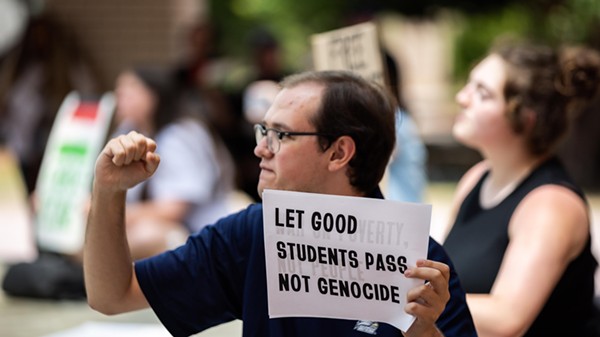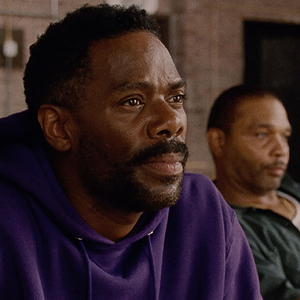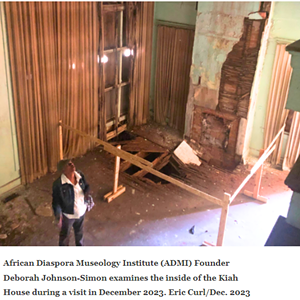IT HAPPENED almost 13 years ago. On Aug. 27 2005, I was hit by a car while riding my bike.
It happened on 49th Street just a few blocks from my house. I pedaled up to the stop sign, put my foot down, and made eye contact with the motorist across the intersection.
Since neither of her turn signals was activated, I figured she would proceed straight through the intersection just like me. So, I entered the intersection and that’s when she turned left into my path and hit me.
She leapt out of her car and exclaimed, “I didn’t see you!” as I picked myself up off the pavement.
My elbow was a little scraped and my bike’s front wheel was bent. But, having sustained no major injuries, I accepted her offer to pay for bike repairs.
She wrote down her name and phone number on a sheet of paper, and we both went our separate ways.
Although the crash was not my fault, everything I did in its wake was a mistake.
Let’s start with the damage to my bike, which was more significant than I thought at the time. Since I carried it home on my shoulder, I didn’t notice the rear wheel was also bent.
My next terrible discovery happened the day after. Her contact information, which I pocketed after the crash, had been washed, dried, and turned into pocket lint.
If I’d called the police at the time of the crash, I would have had another means of contacting the driver to be reimbursed for repair costs. What’s more, the collision would have been recorded, adding to the data about where and how car vs. bike crashes occur, which it turns out is pretty important to my work today.
Joe Steffen serves on the Savannah Bicycle Campaign board of directors and has a law practice that specializes in representing people who are injured while riding bikes.
He said calling the police is essential, but bike riders are often at a disadvantage, because the driver will have the “immediate ear of the investigating officer,” especially if the person on the bike is seriously injured and unable to present their side of the story.
What’s more, “many of those officers also suffer from an unintentional but pervasive anti-cycling bias in the sense that such incidents fall outside of their normal investigative mindset,” Steffen said.
A person like me, who remained alert and conscious after being hit needs to take charge, Steffen explained, to overcome the tendency to blame the person on the bike.
“This problem often requires quick and careful consultation with that officer to make sure the eventual ‘final’ report indeed treats the parties to the impact as having equal rights to use the road.”
The bias against people who ride bikes, which is sometimes manifested in police reports, can also come into play during jury trials.
“Way too many folks see bicycles as a nuisance getting in the way of their sports utility vehicles and this prejudice can be compounded by the occasional rouge cyclist; helmet-less and heading the wrong direction,” Steffen said.
“These same folks make up jury panels and it is a formidable and delicate challenge to exclude from jury service those who don’t see bikes as being equal tenants of our roads. As a long-time advocate of bike safety and cycling education this challenge can be addressed, but we indeed have a long way to go.”
In all of these situations it’s presumed the involved motorist remains on the scene. But that’s not what happened on July 18 when Jerry Hodge, 34, was seriously injured by a hit-and-run driver.
“An all too common scenario is one where a cyclist is clipped by a passing driver, who may or may not even be aware of the carnage they caused, and the injured cyclist becomes the victim of a hit and run event with — apparently — no one to hold responsible.” Steffen said.
But even in such a case the injured person may be able to recover medical or bike repair expenses.
“Under Georgia Law, the victim of such a hit and run event can and should seek recovery from the uninsured motorist provisions of their own auto policy or that of someone in their home,” he explained noting that many people are surprised to hear this.
“Your auto liability policy does cover you in such a situation and, no, rates don’t go up. In fact, a cyclist’s coverage is often better than what might be obtained from the phantom driver. The insurance industry clearly doesn’t broadcast that you have purchased this protection and even some attorneys aren’t aware that UM coverage applies to cyclists and pedestrians, but it does and is often the saving grace in an otherwise catastrophic event,” Steffen said.

